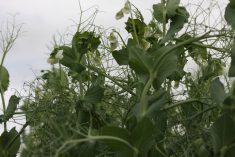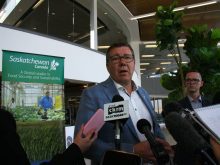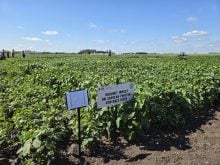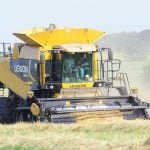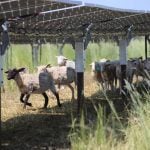Things appear to be falling into place for incorporating falling numbers into the wheat grading system by next crop year.
The Canadian Grain Commission last week announced it is setting up an industry working group to develop a plan to replace visual grading of sprouted wheat with machine-based tests to measure falling number.
If it’s determined that the technology is workable and reliable, the commission said it hopes to implement the plan Aug. 1.
Sprouted wheat is graded and paid for based on visual inspection, but is priced and sold to customers based on its falling number, a scientific test that measures the presence of an undesirable enzyme (alpha amylase) in the wheat.
Read Also
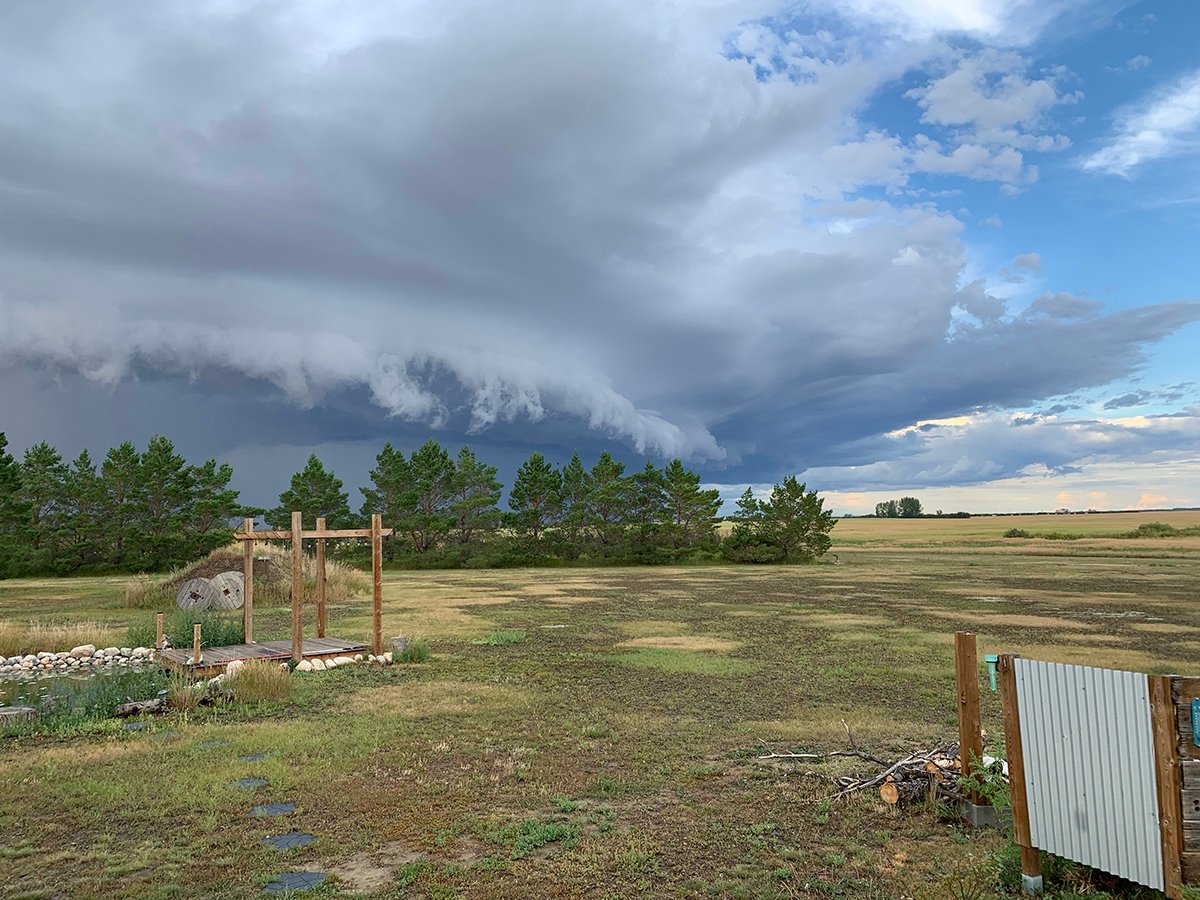
Storm dynamics and extreme rainfall
Besides moisture, instability and orographic lift, the next biggest factor that contributes to heavy or extreme rainfall is storm dynamics.
Sometimes the visual grade overestimates the damage and farmers are paid less than their grain is worth.
A number of farm groups, along with the Canadian Wheat Board, have been urging the industry to move as quickly as possible to make falling number part of the grading standard to ensure shipments meet customer specifications and farmers are paid full value for their grain.
“The concern that producers have expressed is that the use of visual sprouts as a grading factor does not necessarily reflect the actual quality of the wheat,” said Chuck Fossay, a farmer from Starbuck, Man., who was appointed to the working group.
He said there have been a number of instances in which farmers have taken wheat graded as feed in Canada to the United States, where falling number tests are carried out at elevators, and been told that their sample would qualify as milling wheat.
“That can be a significant amount of money in some years,” Fossay said.
However, he added that Canada shouldn’t rush testers into country elevators simply because it’s done south of the border.
“Just because they can do it in the U.S. doesn’t mean that’s what our export customers want,” he said, noting that while Canada exports 80 percent of its wheat crop, the U.S. exports 50 percent.
The working group will include representatives from the grain commission, grain handling companies and the wheat board. It will hold a seminar in Winnipeg Nov. 28 at which producers will be invited to submit their comments. The final operational plan is to be presented to the spring meeting of the western standards committee.
The grain commission is now evaluating falling number testing machinery based on rapid visco analysis technology, similar to protein testers at country elevators.
One of the biggest issues is the cost and logistics of introducing the technology and who will pay for it.
The testing equipment costs about $55,000, so putting a machine in every one of Western Canada’s roughly 400 licensed elevators would cost more than $20 million.
Grain handling companies have said no changes should be made until a system is devised under which financial benefits would be used to cover additional costs.
Given that sprouting isn’t an issue in every part of the Prairies every year, the working group might look for less expensive ways to introduce testing, such as moving machines into areas where sprouting is a problem.
“In an ideal world you’d have one in every elevator, but maybe we can’t afford the ideal system,” said Fossay, adding farmers will end up paying for the machines one way or another.
In the absence of a falling number test at the elevator, the CWB last year initiated a program to test rail cars of wheat for falling number when they were shipped from primary elevators.



